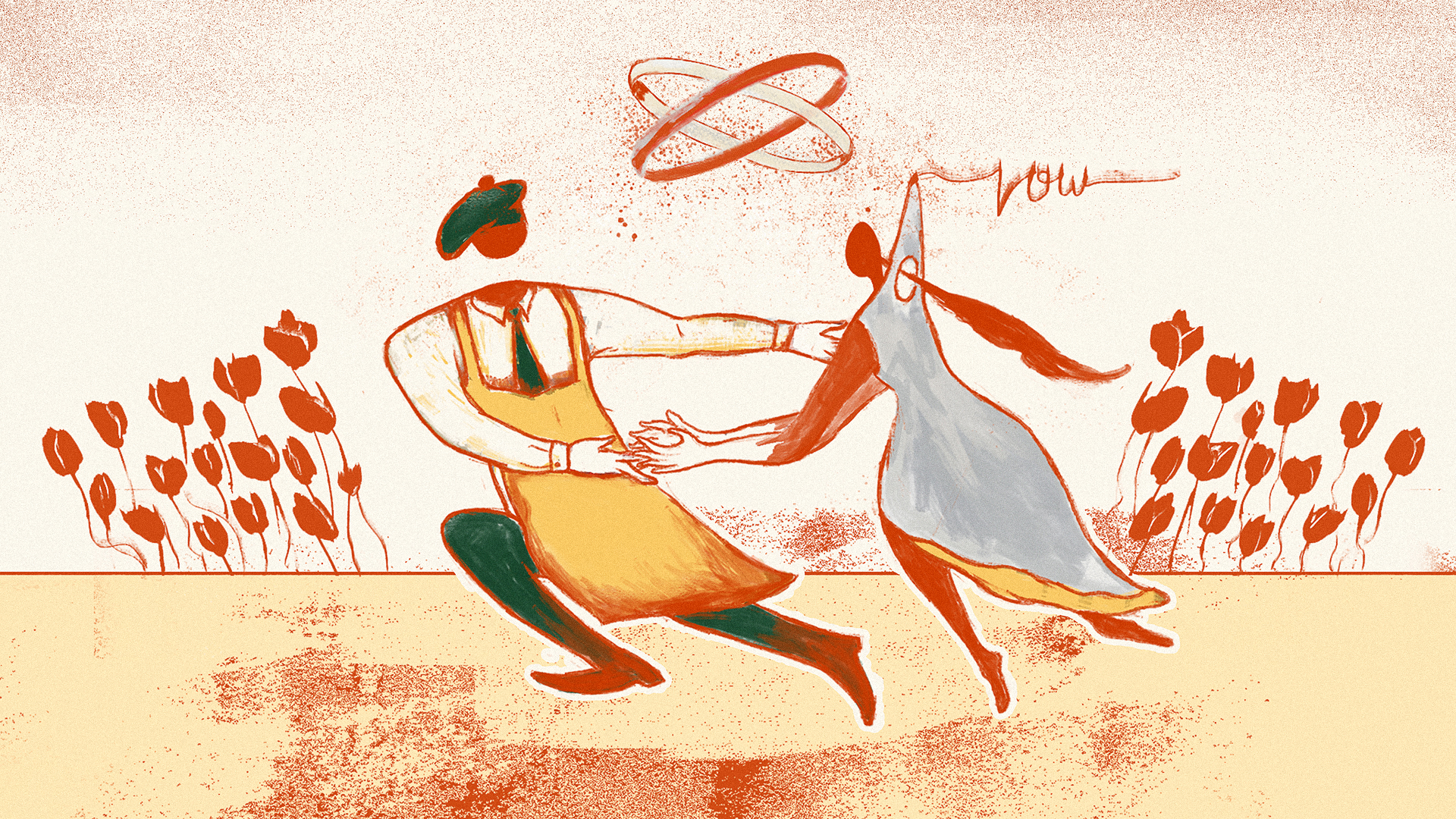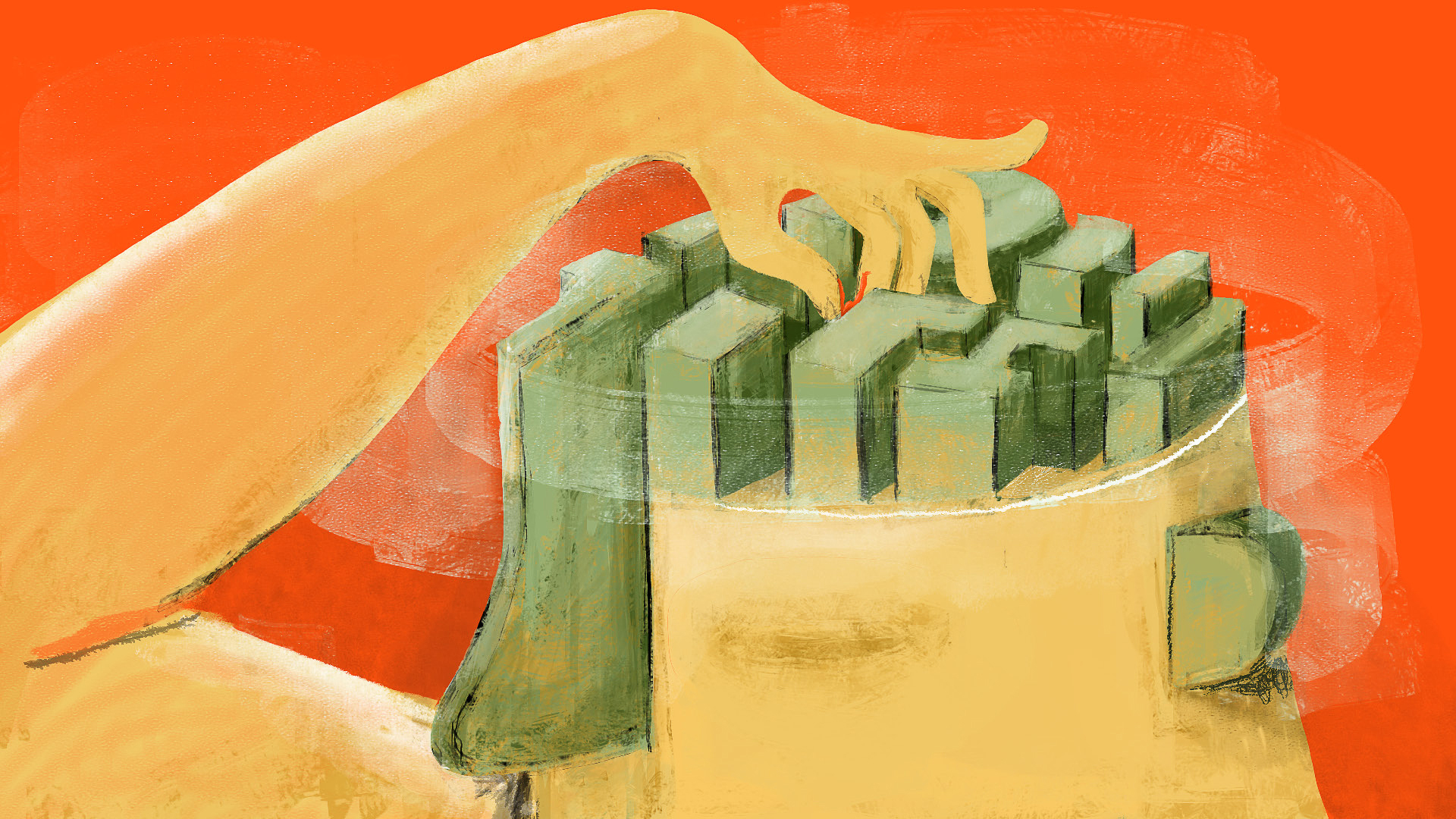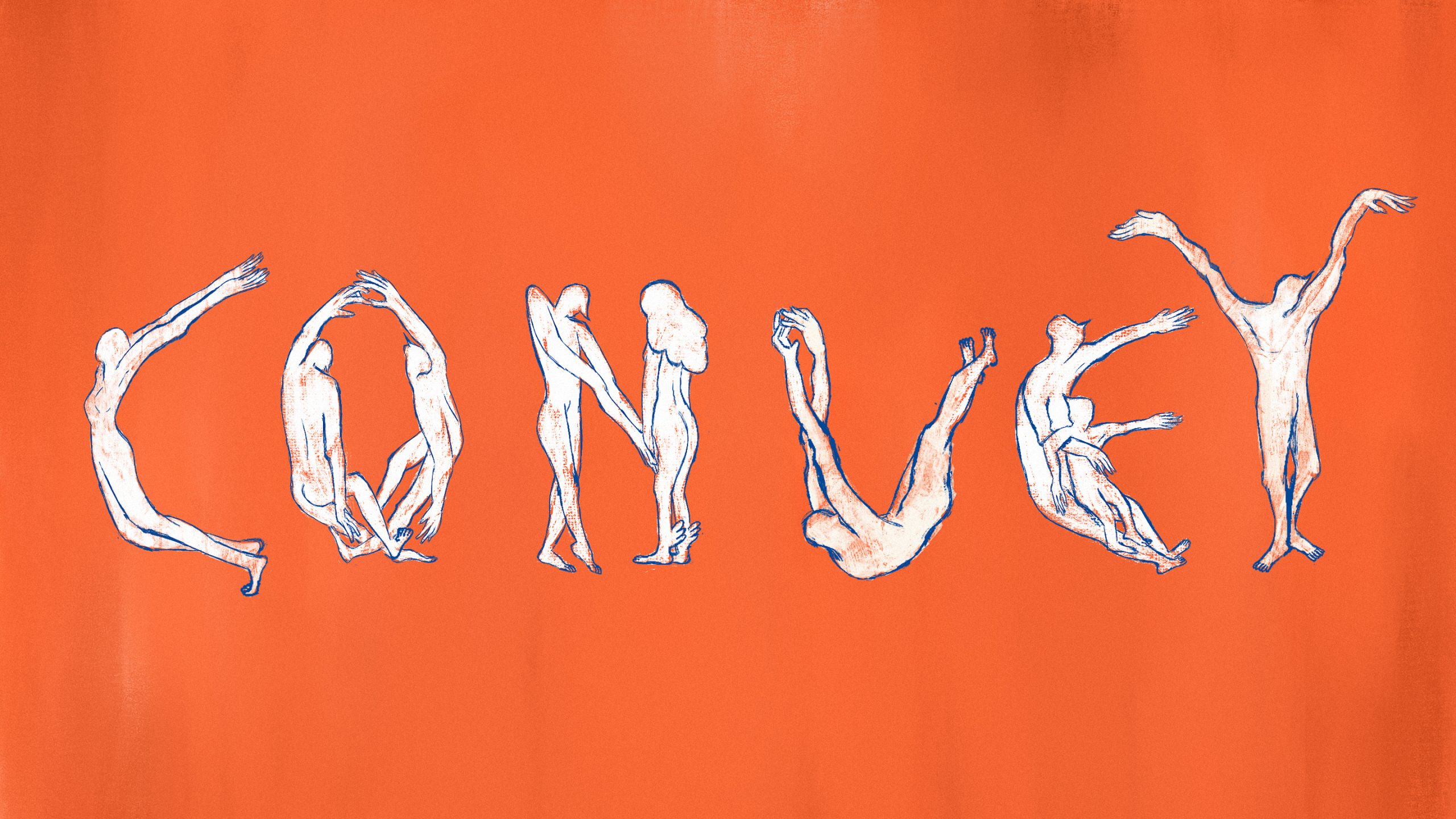Nowadays, it is so easy to spot great copywriting with equally captivating graphic design. Those materials are so abundant. Just scroll down your Instagram, and only...only one scroll away you'll meet the first Instagram ad. Scroll down for a minute, you'll find four or five more (depending on how frequently you open this app).
It is as if we are being indulged by visual beauty combined with eye-catching words. From the words which directly invite us to shop on an e-commerce site to proverbs with beautiful graphics or illustrations as its background… It’s no wonder that our fingertips immediately tap the like button.
All of that makes us think about how powerful visuals can be when combined with writing (both copywriting and descriptive/explanatory writing).
In what we've been through so far, visuals and writing are two things that can never replace each other. They complement each other. The brand guideline will not be understood if it only contains visuals; it needs an easy-to-understand explanation of the concept or a user manual. Right?
Truly, a combination of visuals and writing is a “perfect marriage”.

The ultimate example of the 'marriage' between visuals and writing, in our opinion, is war propaganda. Indonesia itself has an interesting example of propaganda posters, where at that time Soekarno, the future first president, acted as the initiator (imagine if Soekarno was alive today, he might have become a great art director!). It can be seen from the propaganda poster (created in 1945) how the creators succeeded in capturing the essence of the message they had wanted to convey holistically.
However, from the example above, we also have to ask ourselves again: how do we, the ones behind it all, use our respective skills since what we create can be used for both positive and negative purposes?
But one thing for sure, whatever the purpose is, this marriage will last forever and evolve from time to time.
A happy marriage.








